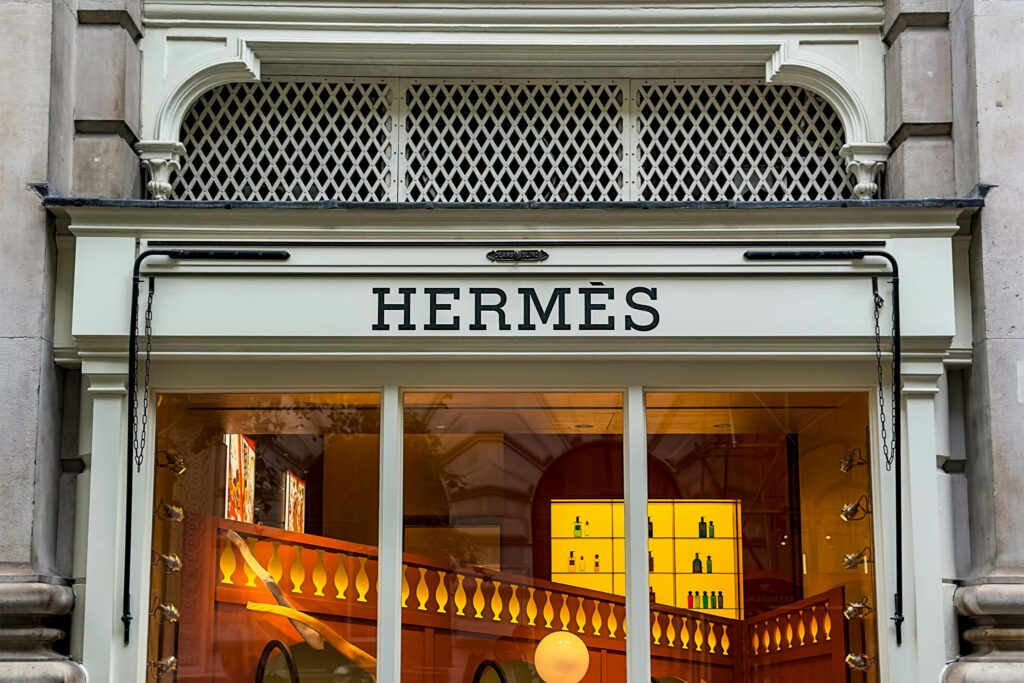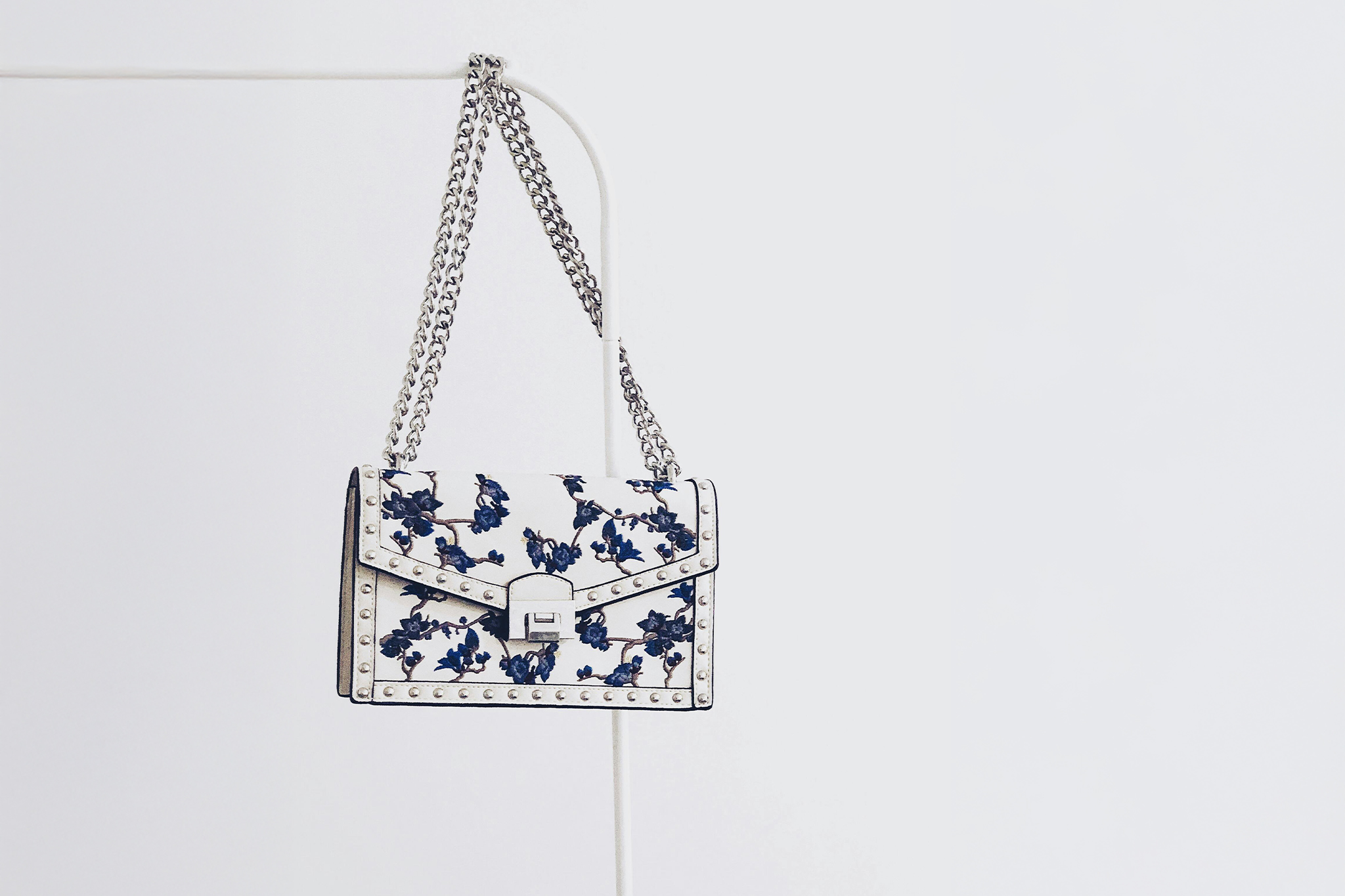Selling premium products comes with unique challenges. High-end customers seek quality, exclusivity, and experiences that resonate with their lifestyles. While the rewards are high, so are the stakes. One misstep can harm your brand’s reputation or positioning. This guide explores actionable strategies to ensure success when marketing and selling high-end goods.
Understanding the Premium Market
In the world of luxury, customers don’t just buy products—they buy stories, skills, and a sense of belonging. The first step to success lies in understanding what makes your offering unique. Effective premium product positioning emphasizes exclusivity and value.
Unlike mainstream goods, luxury products cater to a niche audience, making it critical to align your luxury product sales strategies with their desires. Missteps in understanding the market often lead to losing customer trust or failing to stand out in a competitive landscape.
Key Challenges in Selling Premium Products
Even with an exceptional product, there are hurdles to overcome. Here are the major challenges and how to address them:
- Inadequate Audience Understanding
High-end buyers are selective. Without a clear profile of their preferences, your marketing efforts may miss the mark. Tailor your marketing for premium brands by identifying specific demographics, behaviours, and purchasing triggers. - Relying Solely on Traditional Marketing
While luxury products thrive on heritage and prestige, ignoring digital strategies can cost you sales. Digital channels provide a powerful platform to connect with affluent customers. - Overextending Product Lines
A diversified product portfolio isn’t always better. Overextension dilutes a brand’s identity. Focus on core offerings and build around them with consistent branding and storytelling.
Strategies for Selling Premium Products
1. Emphasize a Unique Value Proposition
To succeed in selling premium products, articulate why your product is worth the price. A strong premium product positioning strategy highlights attributes like heritage, exclusivity, and innovation. For instance, Apple’s high-end devices focus on sleek design and ecosystem benefits.
2. Craft a Story That Resonates
Luxury buyers seek emotional connections. Stories about craftsmanship, the inspiration behind the product, or customer testimonials can elevate your luxury product sales strategies. A watchmaker, for example, might highlight its artisanal production process to appeal to high-net-worth individuals.
3. Create Personalized Customer Experiences
Affluent customers value personalization. Use CRM tools to analyse data and offer bespoke solutions. From personalized emails to in-store consultations, these touches differentiate your brand.
4. Invest in Digital Marketing
Digital platforms are indispensable for reaching high-end buyers. Optimize your website for mobile, use targeted ads, and publish blogs showcasing your expertise in effective luxury sales tactics. Tools like SEO and influencer marketing can amplify your brand’s reach.
Mistakes to Avoid
Navigating the luxury market requires avoiding these common pitfalls:
- Overlooking the Importance of Consistency
Disjointed branding confuses customers and undermines trust. Consistency across your visual identity, messaging, and values is critical. - Underestimating the Value of Customer Relationships
High-end buyers are loyal if nurtured properly. Build relationships through personalized follow-ups, VIP programs, and loyalty benefits. - Failing to Justify Price Points
Premium customers understand value. Be transparent about the craftsmanship, materials, or services that justify your price. This forms a crucial part of high-end product marketing.
Examples of Brands That Excel
1. Tesla

Tesla’s luxury product sales strategies focus on innovation and sustainability, making it a market leader in electric vehicles. It has successfully combined premium technology with eco-consciousness to appeal to affluent buyers.
2. Hermès

The brand emphasizes craftsmanship and heritage, making its bags symbols of status. Hermès’s success lies in unwavering consistency and exclusivity, demonstrating exemplary premium product positioning.
Adapting to Modern Trends
The luxury landscape evolves with consumer preferences. To stay competitive, brands must adapt:
- Sustainability: Incorporate eco-friendly materials and ethical sourcing. This aligns with customer values and enhances your marketing for premium brands.
- Digital Innovation: Leverage AR/VR for product showcases and virtual tours to attract tech-savvy luxury buyers.
- Voice Search Optimization: Long-tail keywords like “best luxury spa in New York” help target voice search users effectively.
Conclusion
Selling premium products demands more than quality, it requires strategic planning, precise execution, and a deep understanding of your audience. By mastering luxury product sales strategies, effective luxury sales tactics, and avoiding missteps, brands can achieve long-term success.
Luxury is about delivering exceptional value, consistency, and unforgettable experiences. When executed correctly, these strategies will solidify your reputation and build lasting relationships with high-net-worth customers

